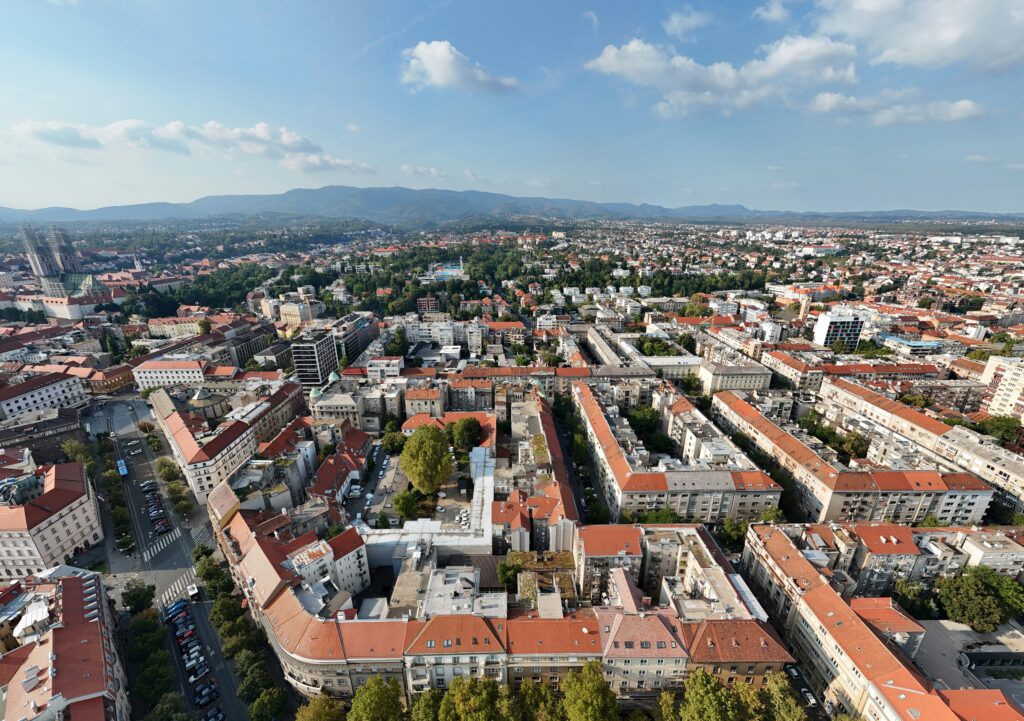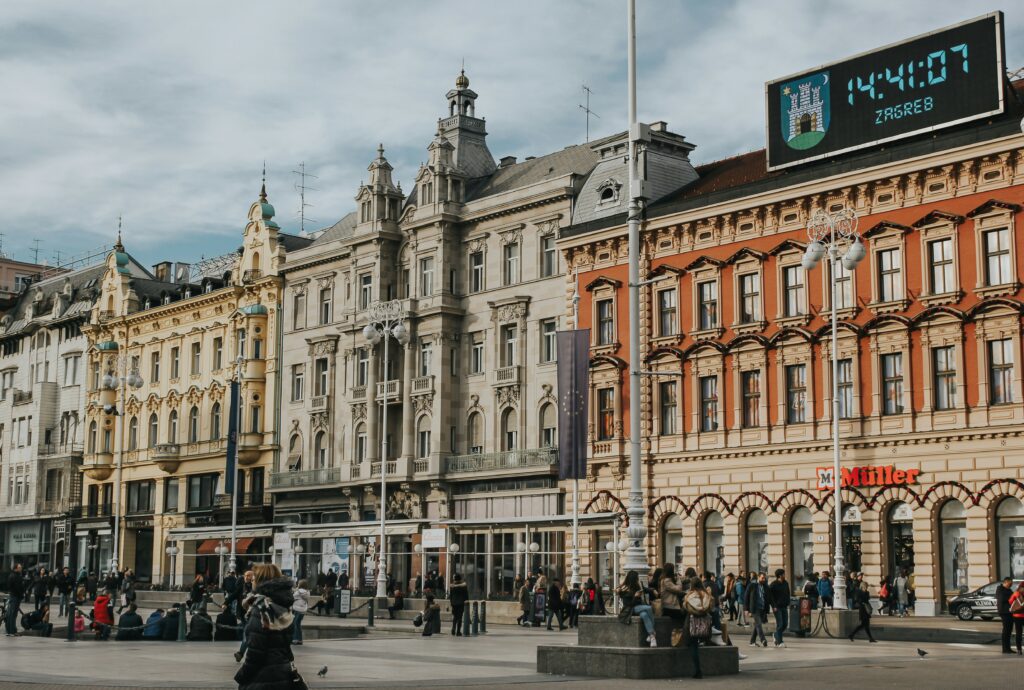November the 7th, 2025 – October 2025 turnover in Croatia has offered a mixed bag, with some slowdown and some encouraging sums varying from sector to sector.
As Poslovni Dnevnik/Jadranka Dozan writes, expenditures for the purchase of consumer goods and services recorded in the fiscalisation system provide the most up-to-date picture of consumption trends, and the most recent ones, for the past month, only partially confirm any growth slowdown.
During the month of October 2025, slightly more than 3.92 billion euros of turnover was recorded through the fiscal cash registers of businesses spanning all sectors in Croatia. That is 320 million or 8.9% more than in the same month last year. This nominal growth in turnover was achieved on a 1.1% higher number of invoices issued.
october 2025 turnover across croatia signals good news – mostly

For comparison, in September this year, products and services worth 10% more nominally were paid for with cards and cash than in the same month in 2024, and the number of receipts also increased by 5%. It is widely believed that September’s achievements partly reflected the solid tourist off-season and accompanying spending. On the other hand, if we look at the growth rates of fiscalised turnover cumulatively, the 36.7 billion euros reached in that period represented a year-on-year nominal growth of 8.2%, and in the first nine months of 2025, 1.7% more receipts and bills were issued.
If we look at October 2025’s trends in several significant blocks of economic activities that reflect consumer sentiment, retail trade achieved 2.41 billion euros of fiscalised turnover, or 8.3% more than in October 2024, with the number of bills and receipts increasing by just 0.5%.
The catering and hospitality industry has rather unsurprisingly shown somewhat better dynamics. In October 2025, cafes, restaurants and other entities subject to fiscalisation in the provision of food and beverage preparation and serving services reported almost 383 million euros of October turnover, which is 11.6% higher turnover than last year. This was achieved with a 3.4% higher number of bills and receipts issued. Since fiscalisation data follows nominal turnover, it should be borne in mind that prices in the catering and hospitality industry also enjoyed stronger dynamics. Up in Istria, for example, turnover growth of 7.3% was recorded (from 116.5 euros to 125 million euros), with approximately 3% more bills and receipts issued compared to October 2024.
Last week, however, the Central Bureau of Statistics (CBS) published data on retail trade turnover for the first nine months of the year, which confirmed the trend of slowing real rates, adjusted for the impact of prices. In the first three quarters of 2025, the growth of real retail turnover amounted to 3.6% annually, with the year-on-year real growth in the third quarter being significantly more modest, standing at 2.3%.
October 2025 turnover in Croatia also involves trade turnover, which makes up a significant part of total household consumption and is therefore considered a relevant indicator of personal consumption trends. Despite clear signs of a slowdown, analysts generally point out that continued wage growth and a strong labour market are supporting consumer optimism, which in Croatia remains far above its long-term average. Croatian National Bank (CNB) surveys in this regard even showed an improvement trend during the second and third quarters of 2025.
a slowdown looming for 2026

However, according to the latest government projections presented as part of the Draft Budget Plan for 2026, personal consumption could slow to 3.5% this year. That predicted slowdown comes after last year’s real growth of as much as 6%, and for next year the government expects its growth to slow further, dropping to 3.2% in real terms. However, this also means that personal consumption remains the mainstay of Croatia’s GDP growth (from the projected 2.7%) in 2026 as well.
Overall, as has been the case over the previous few years, growth will again be generated by domestic demand – in addition to personal consumption, a solid pace is expected to continue in fixed capital investments (with a forecast real growth of 3.1%, after this year’s 4.8%). In addition to that, a positive contribution to GDP growth should also be made by government spending, the real growth of which should slow from this year’s 6.8% to 3.6%.
Subscribe to our newsletter
the fields marked with * are required
